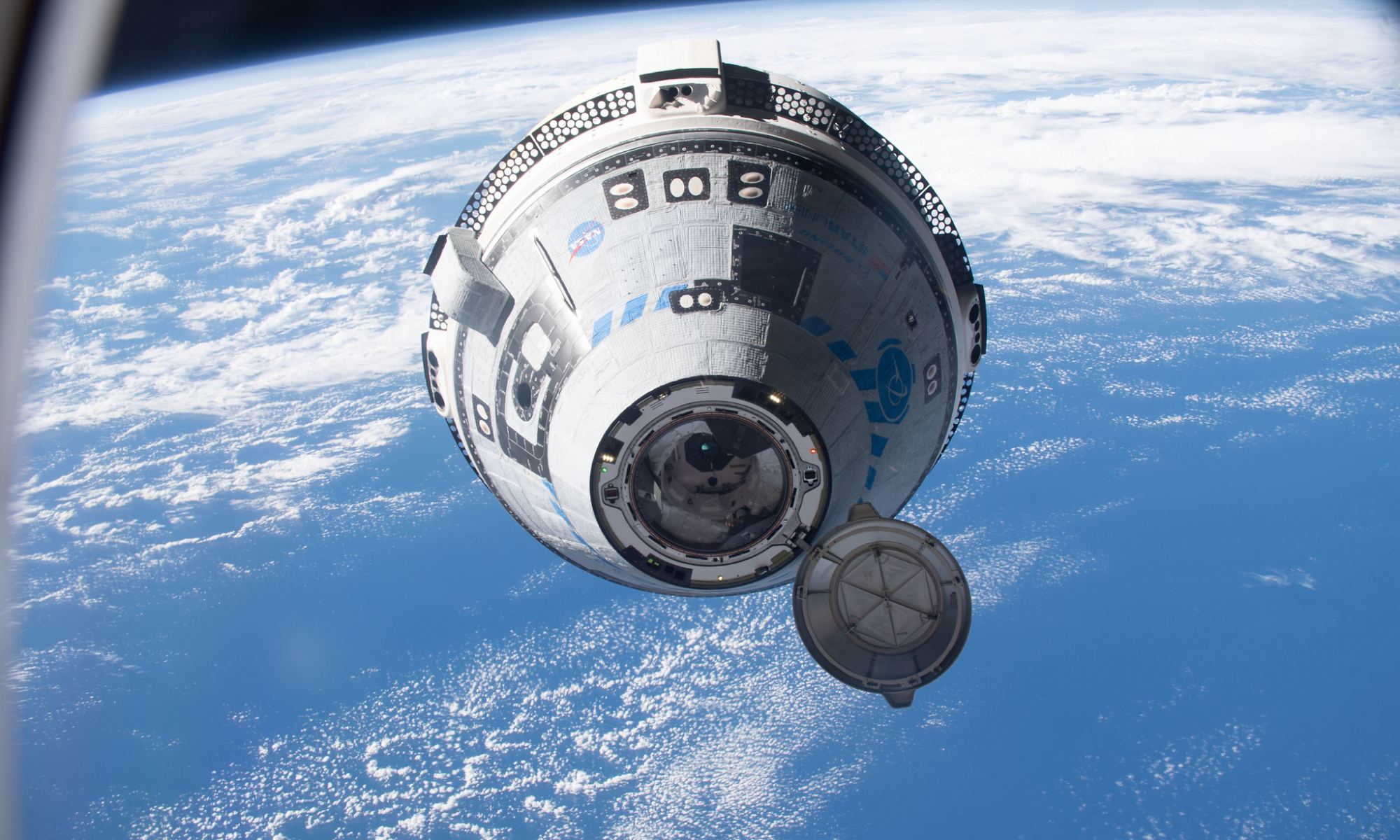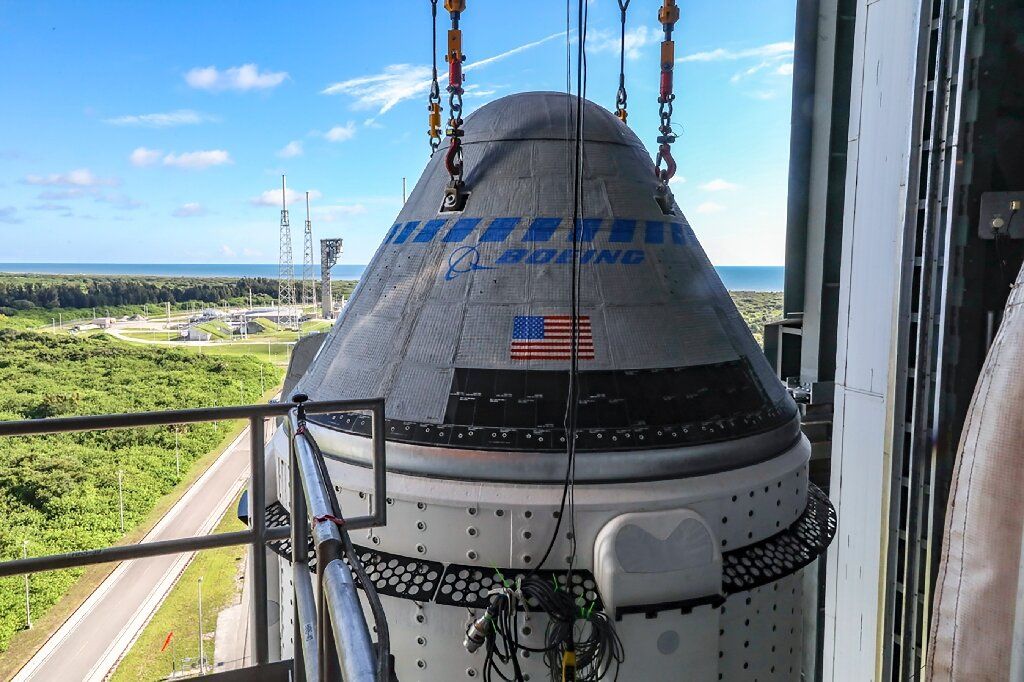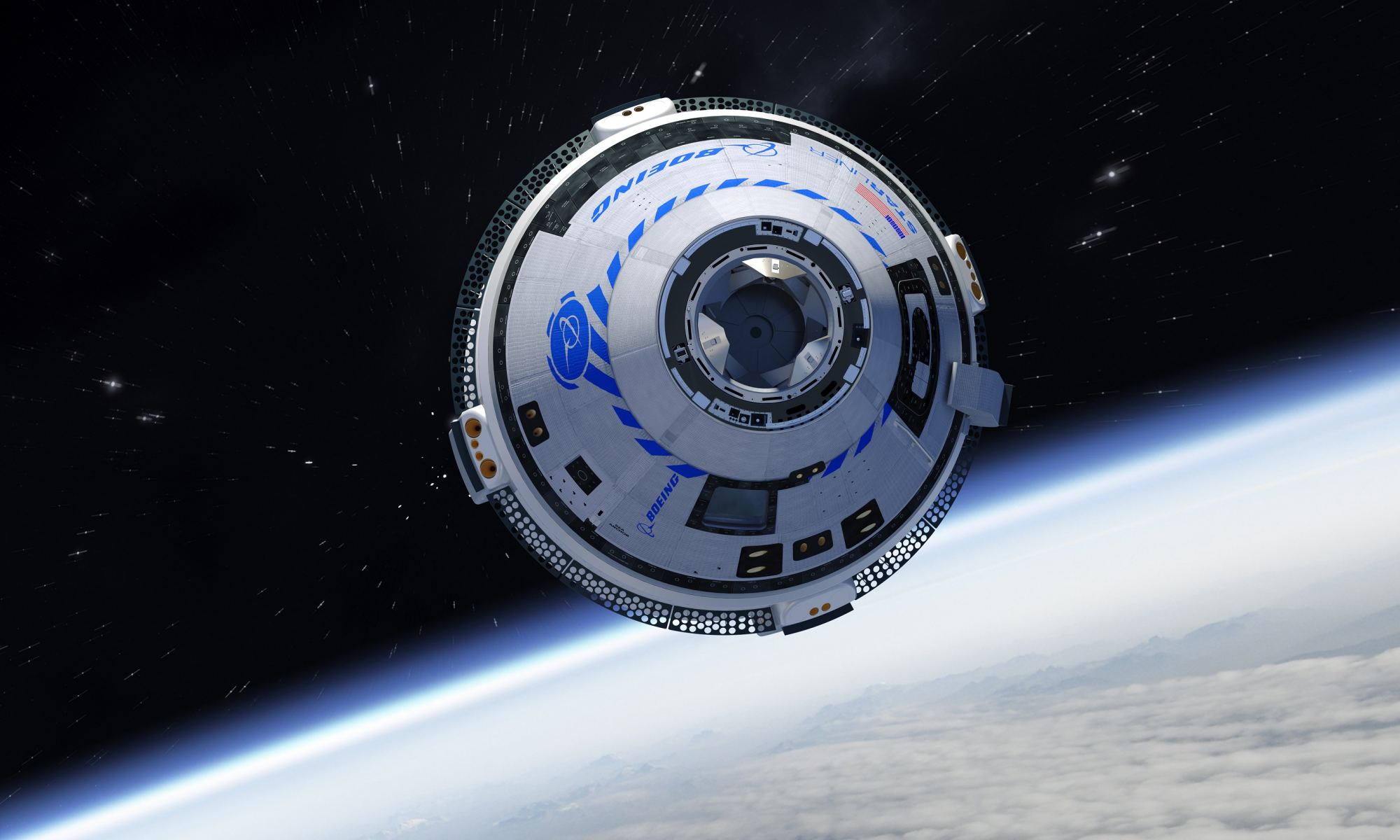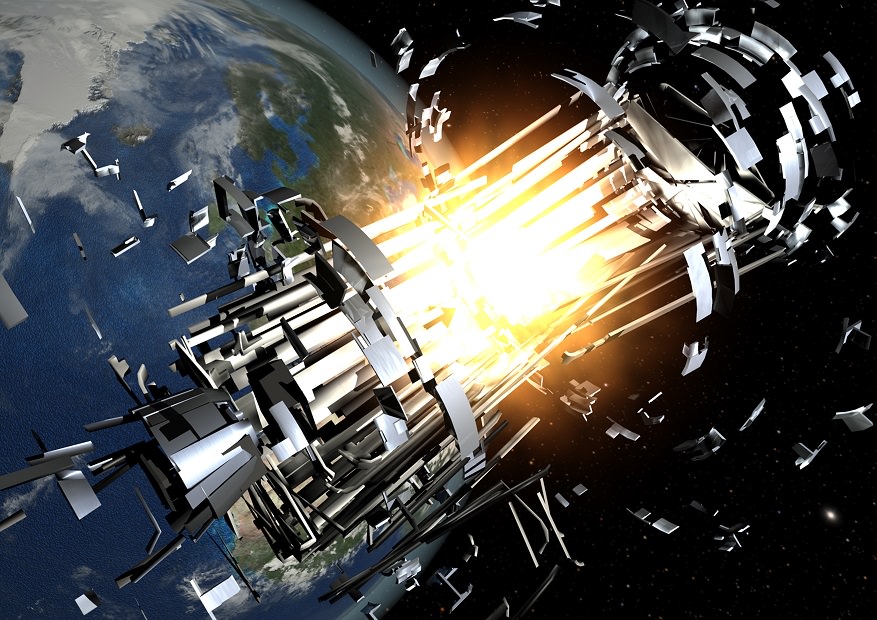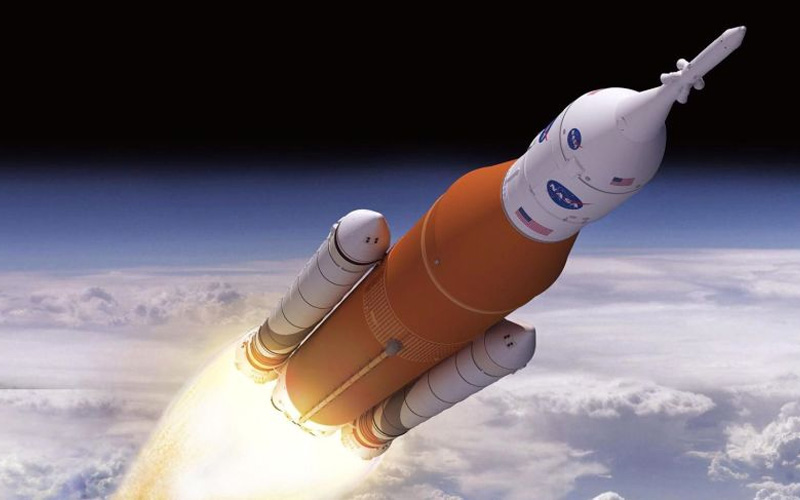Last week, Boeing’s next-generation CST-100 Starliner took off from Space Launch Complex 41 at Cape Canaveral, reached orbit, and docked with the International Space Station (ISS). Designated Orbital Flight Test-2 (OFT-2), this uncrewed test flight successfully validated the reusable space capsule for NASA’s Commercial Crew Program (CCP). This program, a public-private partnership between NASA and commercial launch providers (SpaceX and Boeing), aims to provide safe, reliable, and cost-effective payload and crew transportation to the ISS from American soil.
The mission came with its share of hiccups, which consisted of two of the spacecraft’s thrusters shutting off prematurely during orbital maneuvers. Nevertheless, this successful test flight was a welcome relief after three years of delays, checks, and corrective actions that followed the first failed attempt (OFT-1). After six days of being docked with the ISS, the spacecraft is scheduled to undock tomorrow autonomously (Wednesday, May 25th) and land at the White Sands Space Harbor at the U.S. Army’s White Sands Missile Range (WSMR) in New Mexico.
Continue reading “Starliner Launches Successfully, but Two of its Thrusters Failed”
